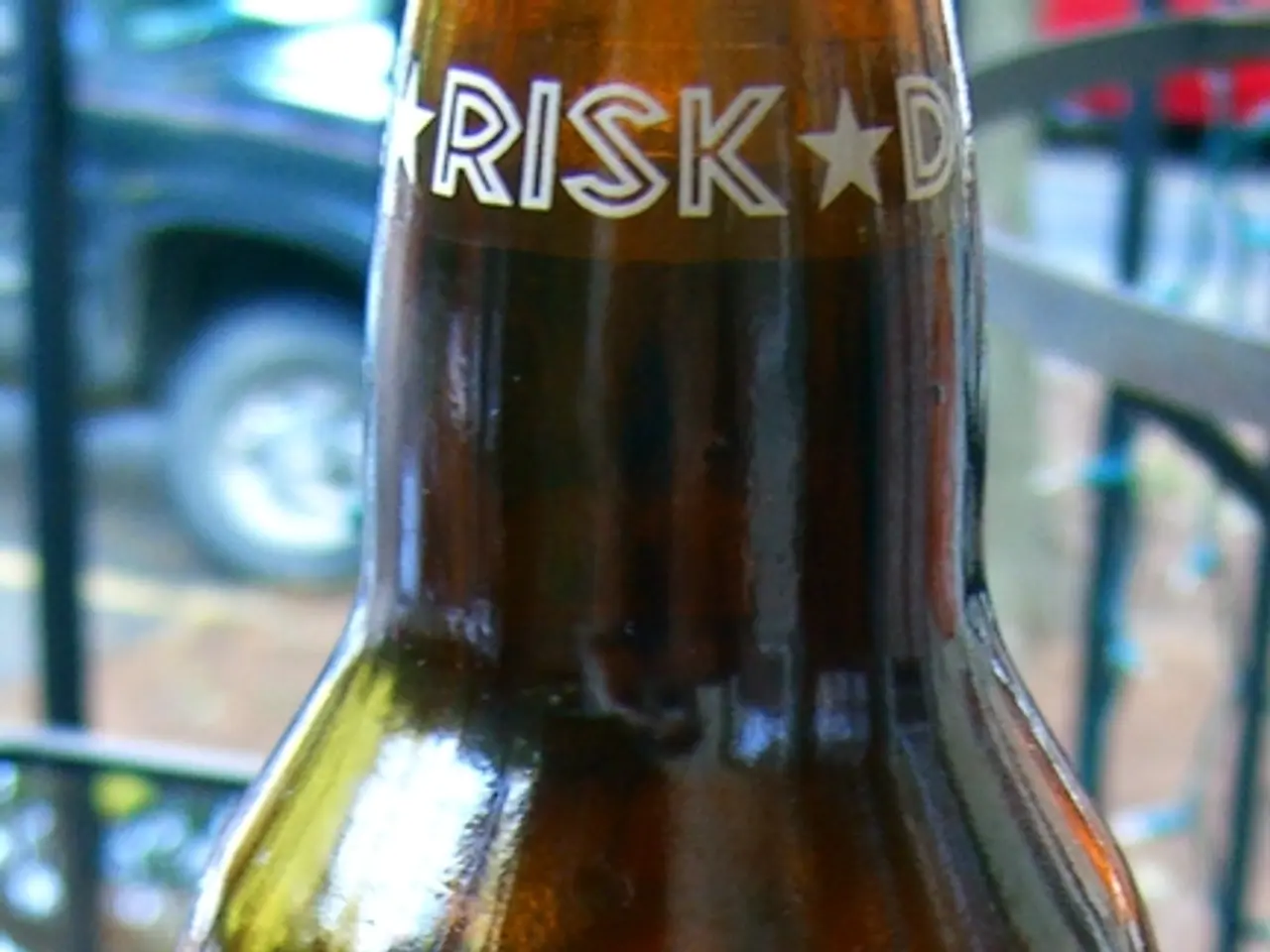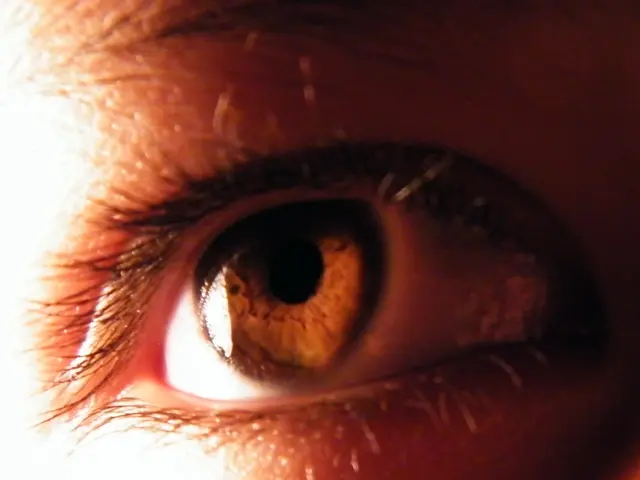Increase in Juvenile Sobriety, Yet Issues Persist
In the midst of the ongoing COVID-19 pandemic, a troubling trend has emerged regarding the consumption of alcohol among adolescents. According to Gerd Peters, an expert from the KKH in Düsseldorf, alcohol is not a solution for coping with the pandemic, and recent studies suggest that harmful alcohol use among young people has been on the rise.
Despite the concerns, there was a decrease in the number of adolescents treated for alcohol poisoning in 2020, with around 12,000 cases reported, a decrease of approximately 30% compared to the previous year. This is the lowest value since the start of the survey in 2006. However, Peters cautions that this decrease does not necessarily mean that young people are drinking less alcohol since the pandemic.
The decrease in the proportion of adolescents treated for alcohol poisoning in 2020 compared to 2019 was the strongest decrease in a single year comparison. Interestingly, the proportion of 12- to 18-year-olds among all hospital-treated alcohol poisonings in 2020 was 18.1%, the lowest value since the start of the survey in 2006.
Research indicates that the increase in harmful alcohol use among adolescents during the pandemic is due to several psychosocial stressors. Mental health deterioration, interpersonal violence, pandemic-related stressors, and changes in family dynamics have all been identified as potential factors influencing adolescent alcohol consumption.
Increased alcohol use among adolescents is associated with several health risks. Mental health risks include self-harm, suicidal ideation, and worsening psychiatric symptoms such as anxiety and depression. Alcohol consumption among adolescents has also been significantly linked to sleep problems, which can further impair mental and physical health. Long-term health impacts include an increased risk of liver disease and other chronic conditions later in life.
It is important to inform young people about the risks of alcohol as early as possible, according to Gerd Peters. While a commissioned forsa survey has shown that 17% of 16- to 29-year-olds report drinking less beer, sparkling wine, or wine since Corona, 13% of respondents in this age group also report drinking more alcohol.
Alcohol consumption in adolescence is associated with special risks for healthy development. Alcohol weakens the immune system, making it particularly unhelpful during the Corona pandemic. Continued monitoring and targeted public health interventions addressing these intersecting factors are essential to mitigate the harms of adolescent alcohol use intensified by the pandemic.
Science suggests that the increase in harmful alcohol use among adolescents during the COVID-19 pandemic is linked to mental health issues, such as mental health deterioration, interpersonal violence, and changes in family dynamics. Moreover, the health-and-wellness sector emphasizes that alcohol consumption among young people may lead to various mental health problems, including self-harm, suicidal ideation, and worsening psychiatric symptoms like anxiety and depression.




